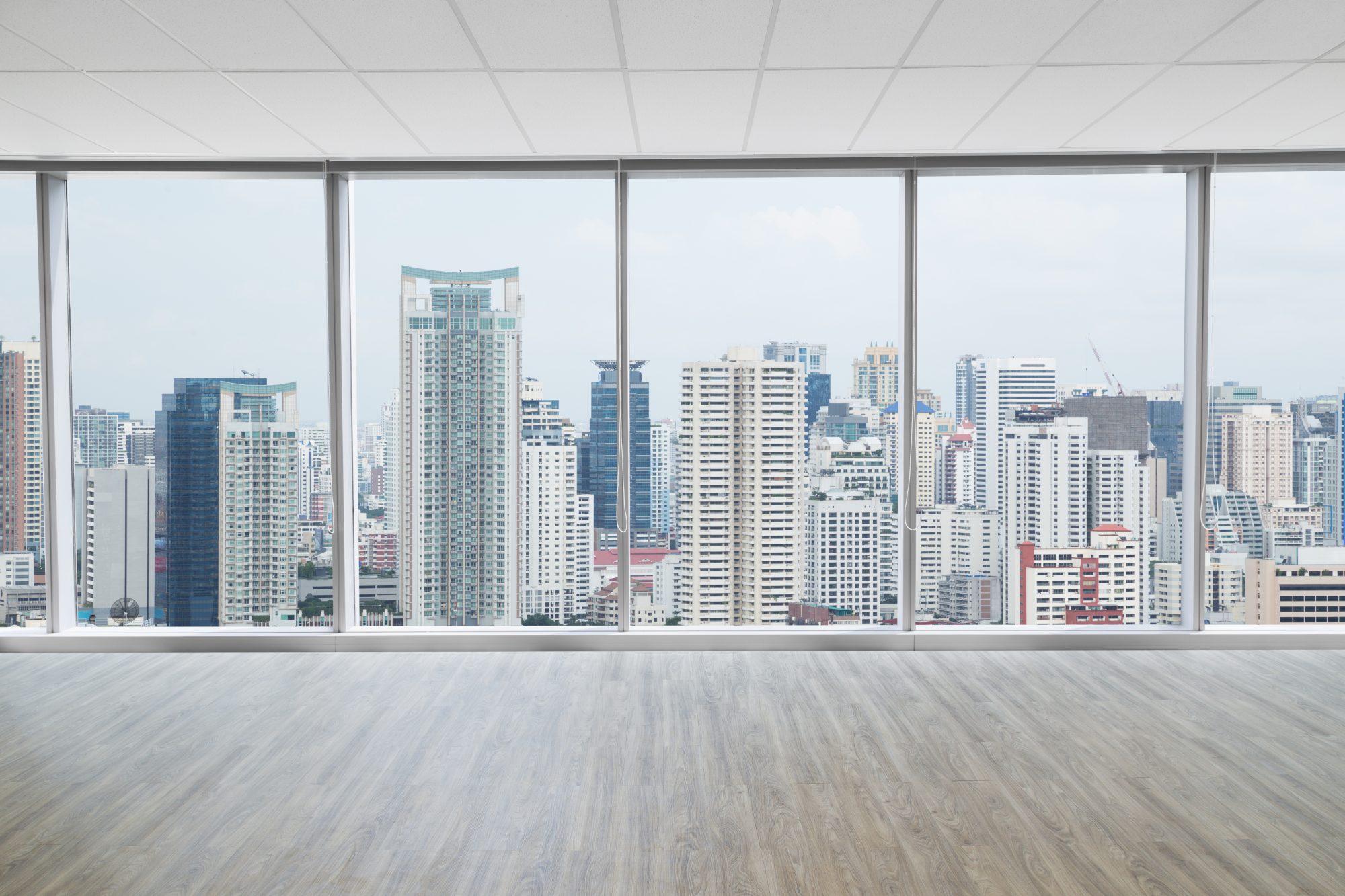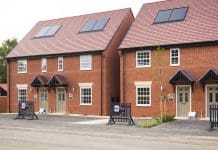Wybo Wijnbergen, Co-founder and CEO, infinitSpace, explores the increasingly popular concept of the 15-minute city and what this will mean for the commercial real estate (CRE) sector
For many years, employees have been willing to make lengthy commutes into their workplace, battling challenging weather, indefinite public transport access and traffic in what was seen as a reasonable compromise between where they want to live, and where they wish to work.
Now, following the rise of remote and hybrid set-ups, the face of that work has changed. Studies have highlighted a clear preference among employees for retaining their newfound flexibility and liberation from protracted journeys into the workplace – with two-fifths reporting they never intend to return to the office.
Most commonly, this is presented as a headache for their bosses; the Future Forum Pulse study found that executives are three times more likely than their employees to want to return to full-time office working patterns. However, the repercussions of this on commercial real estate have been far more muted, despite the substantive change this trend will elicit.
The advent of working flexibility has changed the way many businesses plan to operate. A significant uptick in commercial real estate investment masks a rush to update obsolete workspaces to meet the new requirements of the workforce. Evidently, commercial real estate is having to reconsider its tried and trusted formula, and adapt what buildings can do, and who they are for, to continue to thrive.
While such an overhaul in purpose may trigger a cause for concern for some, it can in fact represent an opportunity to creatively expand the potential of commercial real estate for the good of businesses, commercial property investors, and their communities. Enter, the 15-minute city.
What is the 15-minute city?
The 15-minute city is an urban planning concept first floated by French academic Carlos Moreno, and more recently popularised by its noteworthy implementation by Paris mayor Anne Hidalgo.
The core concept posits an environment in which the majority of an individual’s everyday needs – from grocery shopping to leisure and healthcare – should be within reach of a short walk or cycle from their home. Naturally, the idea was not formed in response to the conditions of the pandemic, though the awakening of the workforce to the possibility of enhanced flexibility has pushed the idea into more mainstream thought.
Though the 15-minute label clearly communicates the core underpinning ideas, it might be better termed a Smart City – which places human and community-based needs at the core of its design, planning and implementation.
For workers and businesses, the benefits of this are self-evident. Studies have demonstrated the detrimental impact that long commutes have on worker satisfaction, while the accessibility of a short trip to a workspace will generate added flexibility to the employee through saved time and cost.
Crucially, these spaces also engender more meaningful and beneficial relationships between organisations, spaces, and communities – while providing obvious environmental benefits by cutting down on unnecessary transport waste and allowing urban councils to rethink public transportation beyond the most pressing needs of a daily surge of commuters.
How the commercial sector can respond to the 15-minute city idea
The obsolescence of central urban office districts should incentivise commercial real estate investors to create smarter, instead of swankier, workspaces. Offices as a concept have retained an innate value and will continue to attract organisations. A recent Knight Frank survey found that 37% of large businesses see property as a key asset in attracting new staff, while half say it resonates with their corporate brand.
With employees reluctant to sacrifice a measure of flexibility, a compromise must be struck. Fewer organisations are now paying for long-term, dedicated office space, but they still want access to meeting rooms, amenities, and networking events. In turn, landlords will know they will struggle to entice workers back into offices with unwieldy spaces which amount to little more than a table and a plug socket.
The compromise may lie in the 15-minute city – investing in more local hubs to which people can connect – in the form of satellite offices. In this case, offices would no longer be closed shops to those who pay to work within them, but available to be used more smartly by the local community around and outside of working hours.
If companies will, at most, use the space between 9 am and 6 pm, the possibility opens to design spaces that can blend professional settings and suitability for evening classes, after-school clubs, language classes, and wider community activities – of particular value in built-up urban areas where civic space is vanishingly rare and available only at a premium price. Demand for space from a variety of sources, in turn, finds a convenient and flexible home in the local area.
This also affords the opportunity to bring smarter tech into the workspace. Connecting different organisations and groups, all transient tenants under a shared building identity, through an app can allow more intelligent and intuitive management of facilities for businesses while streamlining the ability to connect with other companies in the space. For instance, members can browse events, find local suppliers, or buy products through a shared hub. Commercial real estate owners would be wise to consider how they can foster these connections, by ensuring their communities have everything they need to thrive close at hand, at the tap of a button.
More intelligent use of real estate by commercial investors is possible. There is evident value in diversifying what spaces can be used for while accommodating a ‘plug and play’ mode of accessing workspaces for the more ad hoc requirements of modern organisations. Commercial real estate landlords who are awake to the potential of tech-enabled multi-functional spaces will find themselves well-positioned to evolve alongside, rather than behind, the next upturn in the face of work.














